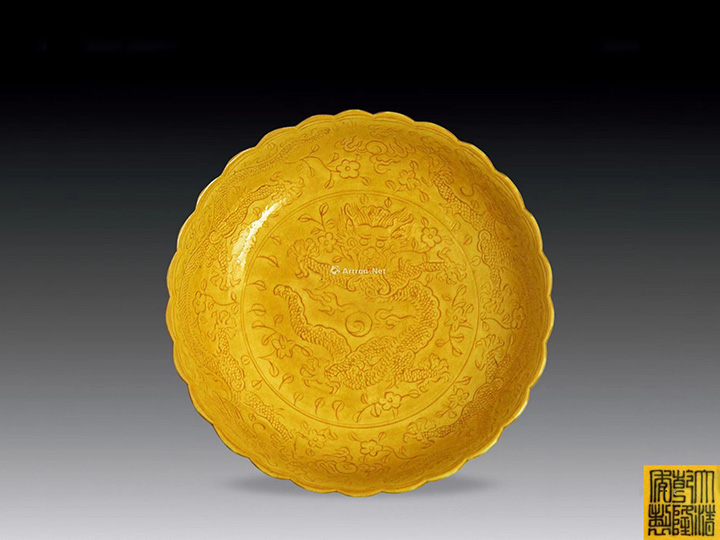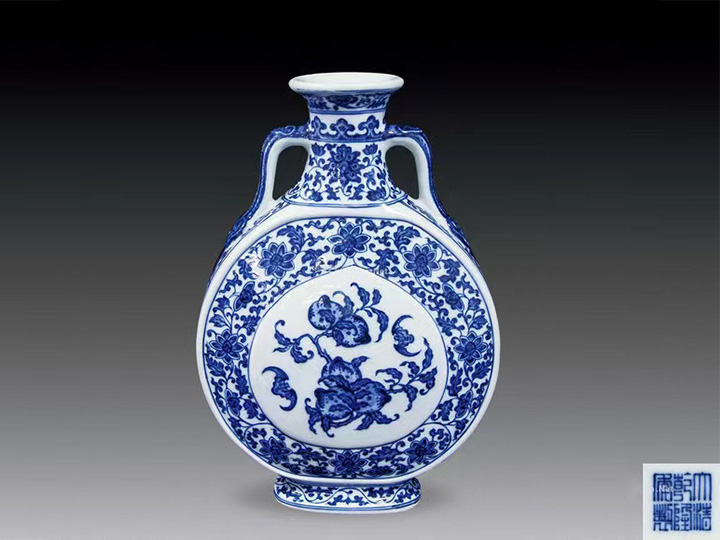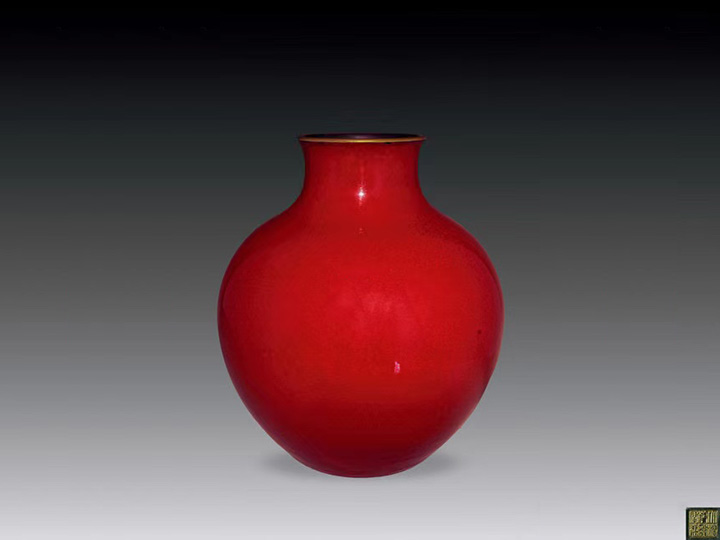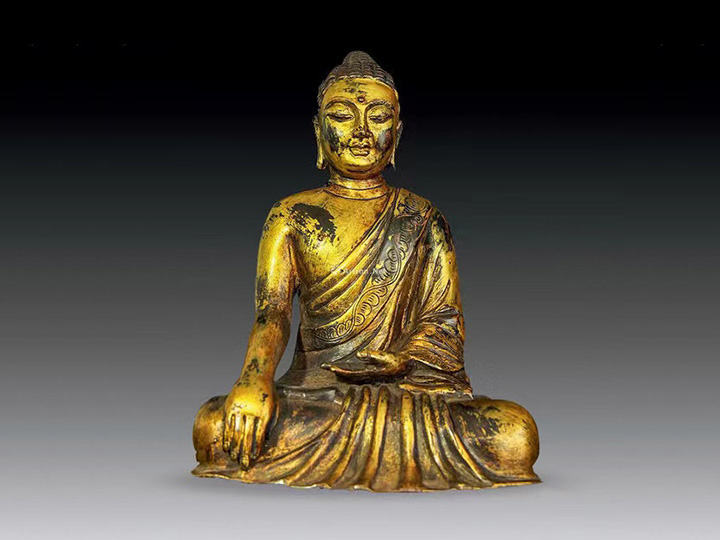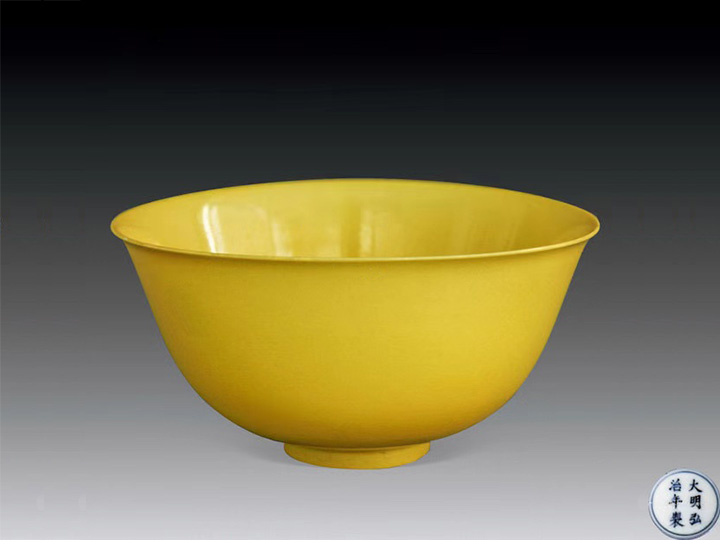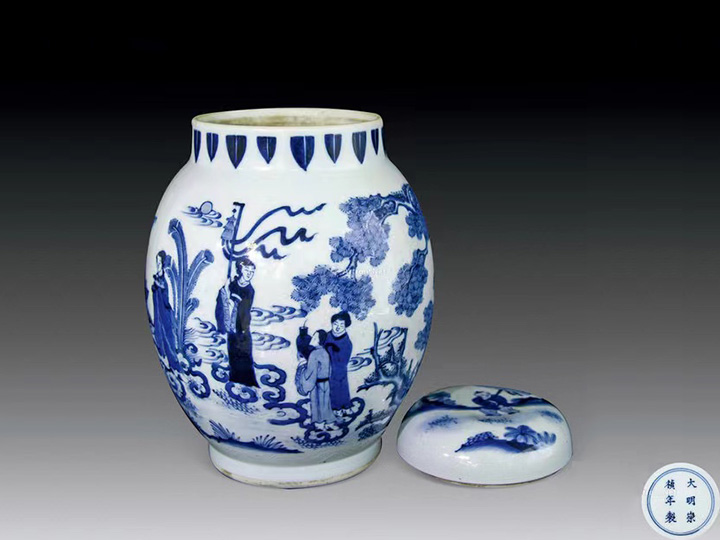Basic knowledge of numismatics
- 2020-09-27
- 113 Views
Money comes with the progress of society and the development of civilization, and only with social interaction can money be produced. Of course, the currency referred to here is primitive currency, or currency in the social and cultural sense, while economic currency originated later, around the Shang Dynasty. The primitive currency in ancient China mainly consisted of four categories: precious jewels, seashells, bronze, and fabrics.
The Origin of Ancient Chinese Currency and Primitive Currency
Money comes with the progress of society and the development of civilization, and only with social interaction can money be produced. Of course, the currency referred to here is primitive currency, or currency in the social and cultural sense, while economic currency originated later, around the Shang Dynasty. The primitive currency in ancient China mainly consisted of four categories: precious jewels, seashells, bronze, and fabrics.
Pearl jade precious goods and seashells
Pearl jade precious commodity currency originated from the spiritual realm. Due to its beautiful appearance, it was recognized by our ancestors as early as the Stone Age, either as decoration or as a treasure for worshipping ghosts and gods.
Haibei, as a currency, also originates from the spiritual realm and is a product of primitive worship. In matrilineal societies, dating back to the late Paleolithic, Neolithic, and early Bronze Age (Xia and Early Shang), there has always been a worship of reproduction. As a result, sea shells, especially toothed shells, symbolizing the female genitalia, have been favored by people and revered as treasures, possessions, ornaments, and even intermediaries for exchange.
Bronze
The various forms of bronze used as currency stem from the combination of material and spiritual elements, and are a product of the bronze culture of the Bronze Age in China. The Bronze Age in China began around 2000 BC, and after the application and development of the Xia and Shang dynasties, it reached its peak in the late Yin and early Zhou dynasties. People not only proficiently master the proportion and application of bronze alloys, but also master various complex casting techniques, and can cast various extremely complicated ceremonial and practical objects. The Simuwu Tripod in Yin Xu in Anyang and the Four Sheep Zun unearthed in Ningxiang, Hunan Province are typical examples.
It can be said that bronze, as a suitable alloy material, could be used to make almost anything people wanted during this period, including ritual vessels, containers, weapons, musical instruments, agricultural tools, tools, and decorative items. The use of bronze has been widely recognized, and its value is widely recognized by society, becoming a wealth that everyone desires. Bronze is commonly used for contributions, rewards, taxation, confiscation, salaries, payments, and other purposes. Society has formed a worship of bronze, which is revered as auspicious gold. Any form of bronze can serve as an intermediary for exchange.
Textile
Fabric as currency is entirely derived from people's material needs. As the basic means of human life, fabric is indispensable to everyone in civilized society, and its value is naturally widely recognized and accepted. So, textile has been an important and fundamental labor in Chinese society for a long time. As the Tang Dynasty poet Bai Juyi wrote in his famous work "The Man Who Sells Charcoal": "A cart of charcoal weighs over a thousand pounds, and the palace envoy cannot spare it. Half a piece of red silk, one zhang long silk, tied to the cow's head to fill with charcoal straight." This shows that fabrics were commonly used as gifts, rewards, salaries, and payments for a considerable period of time, and have been used until modern society. For example, the traditional wedding custom of giving silk and satin bedding as a gift is a continuation of this tradition.
As can be seen from the above, primitive currency is different from pure barter items. The goods and commodities that serve as primitive currency must have a universal recognition of value and cultural identity, otherwise they cannot be called currency. Primitive currency was mainly used for activities such as tribute and gift giving in the upper class during its specific period, and was not used in the economic life of ordinary people such as market buying and selling.

